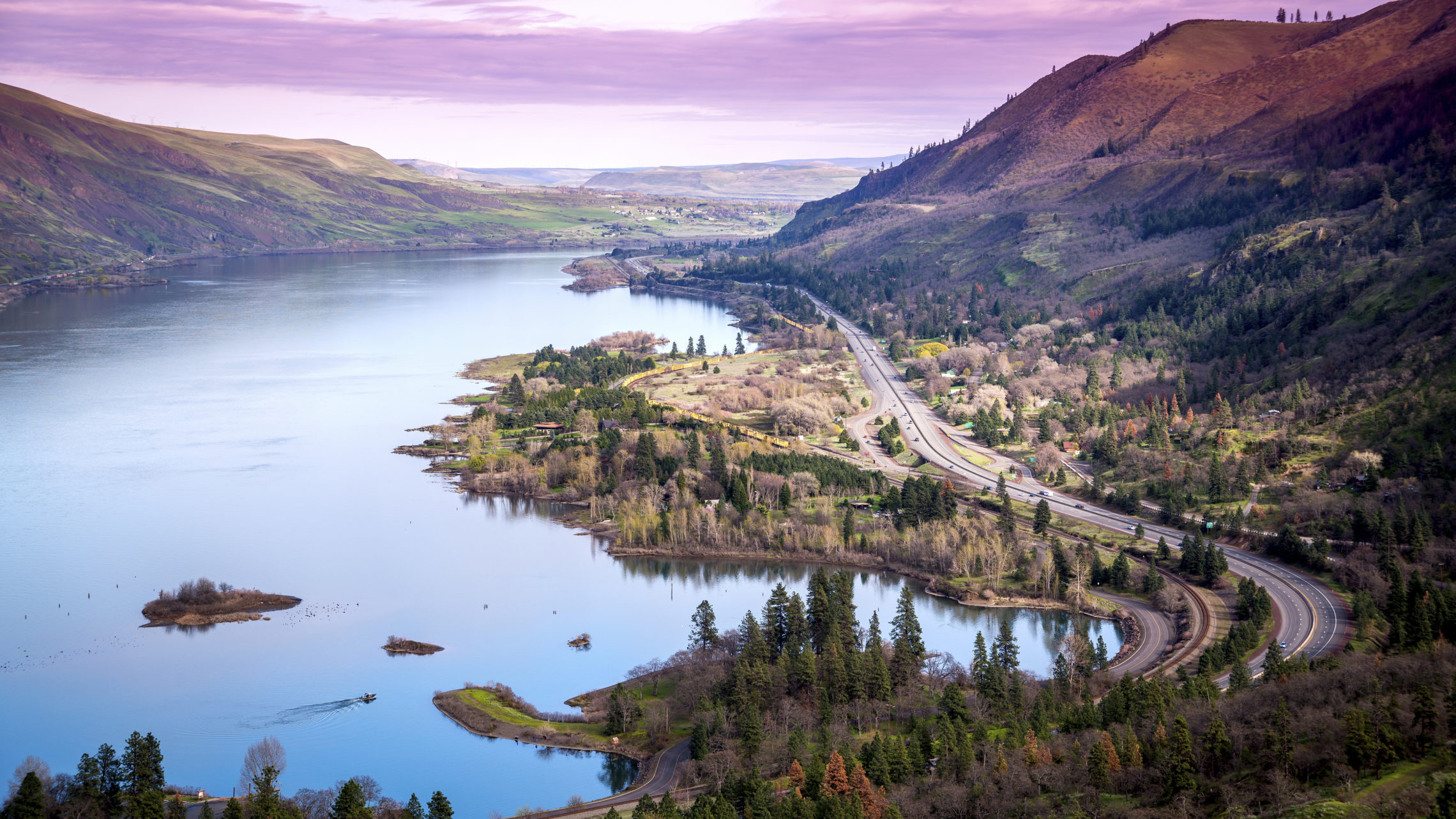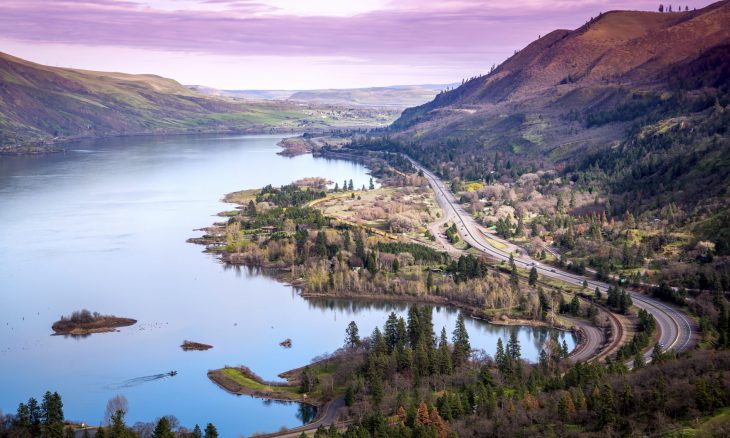Stewarding the Planet

The Earth was created with five environmental systems—geosphere, biosphere, hydrosphere, atmosphere, and cryosphere—and humans interact with all of them.
According to National Geographic, “The first system, the geosphere, consists of the interior and surface of Earth, both of which are made up of rocks. The limited part of the planet that can support living things comprises the second system; these regions are referred to as the biosphere. In the third system are the areas of Earth that are covered with enormous amounts of water, called the hydrosphere. The atmosphere is the fourth system, and it is an envelope of gas that keeps the planet warm and provides oxygen for breathing and carbon dioxide for photosynthesis. Finally, there is the fifth system, which contains huge quantities of ice at the poles and elsewhere, constituting the cryosphere. All five of these enormous and complex systems interact with one another to maintain the Earth as we know it.”
Many scientists agree that Earth’s systems are balanced and work in cycles that continuously recycle their elements, particularly those that are vital to life. Other scientists will say that, while this is true, Earth’s systems are very fragile. Kenyan scientist Dr. Jeff Mwangi said, “All these [systems] are maintained by a very delicate balance and can, unfortunately, be undone by both natural and man-made effects. Hence, our planet is very fragile.”
Climate change, a focus of much of the work of President Biden’s administration, affects all of the planet’s systems. For example, according to the Knowledge Project, “Humans are now conducting a long-term, uncontrolled climate experiment by emitting greenhouse gases into the Earth’s atmosphere, converting forest into farmland, and otherwise changing the natural environment. Climate models solve mathematical equations that describe the physics of the atmosphere, ocean, and the land surface to help us understand how Earth’s climate is changing. Even if humans had no influence on climate, climate models would help us understand and predict natural variations in the climate, like the El Niño Southern Oscillation (ENSO).“
They continue, “Climate, however, is not shaped by the physics of radiation and fluids alone. Biological and chemical processes impact climate. Both over the course of the year and over the course of Earth’s history, growing plants and respiring microbes change atmospheric CO2 levels and the albedo (reflectivity) of the Earth’s surface. And biological processes are affected by climate. The circulation of the ocean controls the nutrients available to phytoplankton, while temperature and precipitation affect the metabolism of biological organisms on land. Studying how biological processes and climate are related requires a new type of climate model.”
According to NOAA, the evidence for rapid climate change is compelling. Earth’s average surface temperature has risen about 2 degrees Fahrenheit since the late 19th century, a change they state is driven largely by increased carbon dioxide emissions into the atmosphere as well as other human activities. Most of the warming, they say, has occurred in the past 40 years, with the seven most recent years being the warmest. The years 2016 and 2020 are tied for being the warmest year on record.
The Department of Ecology of the State of Washington has noted the changes to the environment that have happened or can be expected to happen from rising temperatures and shifting patterns in Earth systems: Extreme weather events like drought, wildfires, dust storms, erosion, floods, and more frequent severe thunderstorms are among them. Water supplies, rising sea levels, and ocean acidification are also included.
Dr. David W. Orr, Professor Emeritus of Environmental Studies at Oberlin College in Ohio, suggests that Christians have a unique understanding of God’s created environment. “How we read scripture, and what doctrines we affirm, affects how we understand the environment. Not just the doctrine of creation, but the ways in which we talk about the human condition, salvation, Christology, and eschatology all affect how we understand and relate to other aspects of this world.”
Psalm 24:1-2 says, “The earth is the Lord’s and the fullness thereof, the world and those who dwell therein, for he has founded it upon the seas and established it upon the rivers.” This is also affirmed in Psalm 89:11-12, “The heavens are yours, the earth also is yours; the world and all that is in it, for you have founded them; the north and the south, you have created them.” Genesis 1:26-31 also reminds you that God gave dominion, authority, and governance over the Earth and all that is in it to the human beings He also created.
How then should we pray?
- With thanksgiving for the incredible gift of all that creation is.
- For wisdom for the president and his environmental advisors as they implement climate change policies.
- For Administrator Michael Regan as he oversees the Environmental Protection Agency.
- That members of Congress would be discerning as they consider bills that impact the environment.
- For Interior Department personnel as they care for the nation’s public lands.
- For state and local governing officials as they steward their resources.
- For the Lord to guide you in the ways you can contribute to better care for His creation.
- For human beings in this country and around the world to recognize God’s sovereignty over all He has created and that they would be willing to improve their stewardship of it.





